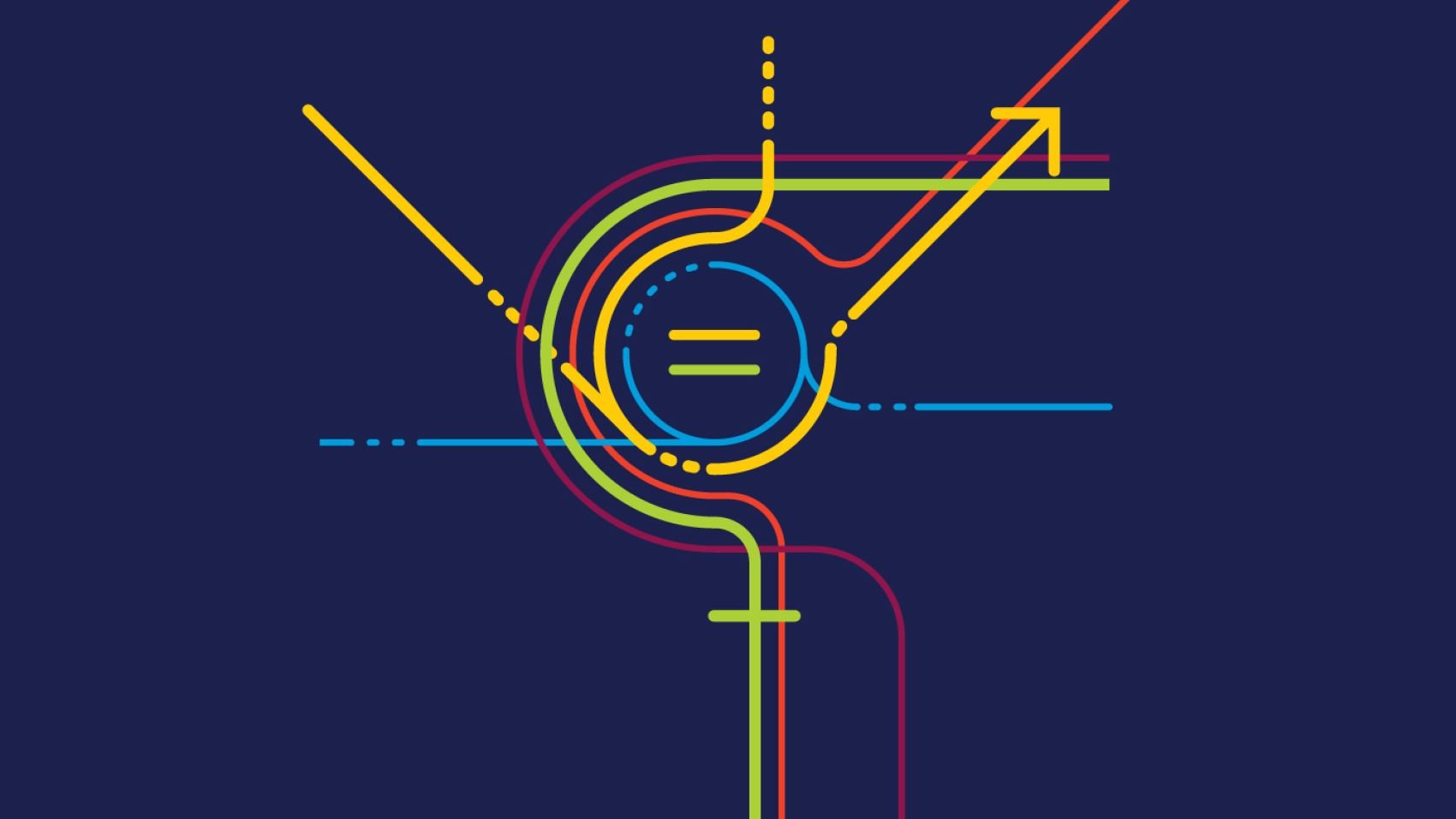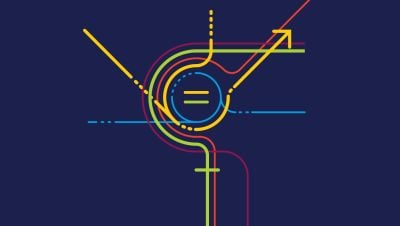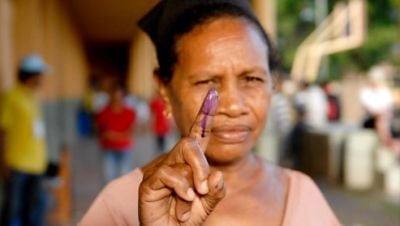Cascading global crises including COVID-19 have highlighted and exacerbated existing gender inequalities. That includes unequal access to healthcare, education, and economic opportunities. Yet a single indicator, or a binary measurement of gender equality is simply not able to capture the multiple, interacting deprivations that women and girls face at the same time.
New composite indices developed by UNDP and UN Women aim to close this gap, ultimately aiming to drive forward major leaps towards women’s empowerment and gender equality. The indices use a multidimensional framework to provide a comprehensive assessment of women’s status globally. The first, the Women’s Empowerment Index, focuses on measuring women’s power and freedoms to make choices and seize opportunities in life. Notably, it is the first-ever UN gender index that includes violence against women and girls as a standalone dimension. The second Global Gender Parity Index offers an assessment of the gender gap across four dimensions of human development: health, education, inclusion, and decision-making.
Analysing data from 114 countries, the indices find that 3.1 billion women and girls live in countries characterized by low or middle performance on women’s empowerment and low or middle performance in achieving gender parity. In fact, according to this new data, women around the world, on average, are only reaching 60% of their full potential. Crucially, these twin indices serve as new tools for policymakers to track how countries are faring in meeting their obligations towards achieving women’s empowerment and gender equality. Use the indices to help measure progress in the country where you work and design measures to advance #GenerationEquality as the unfinished business of our time.


